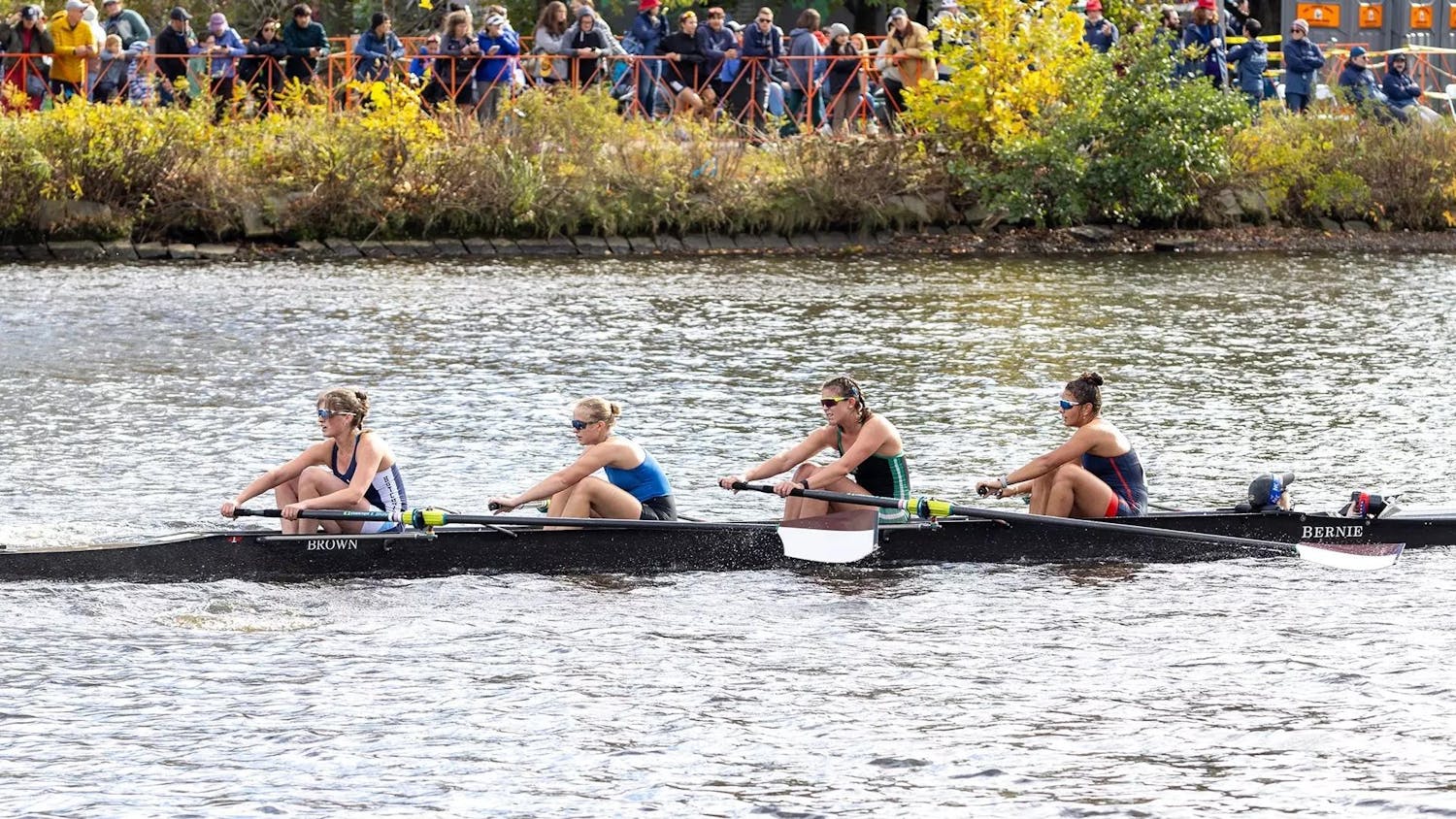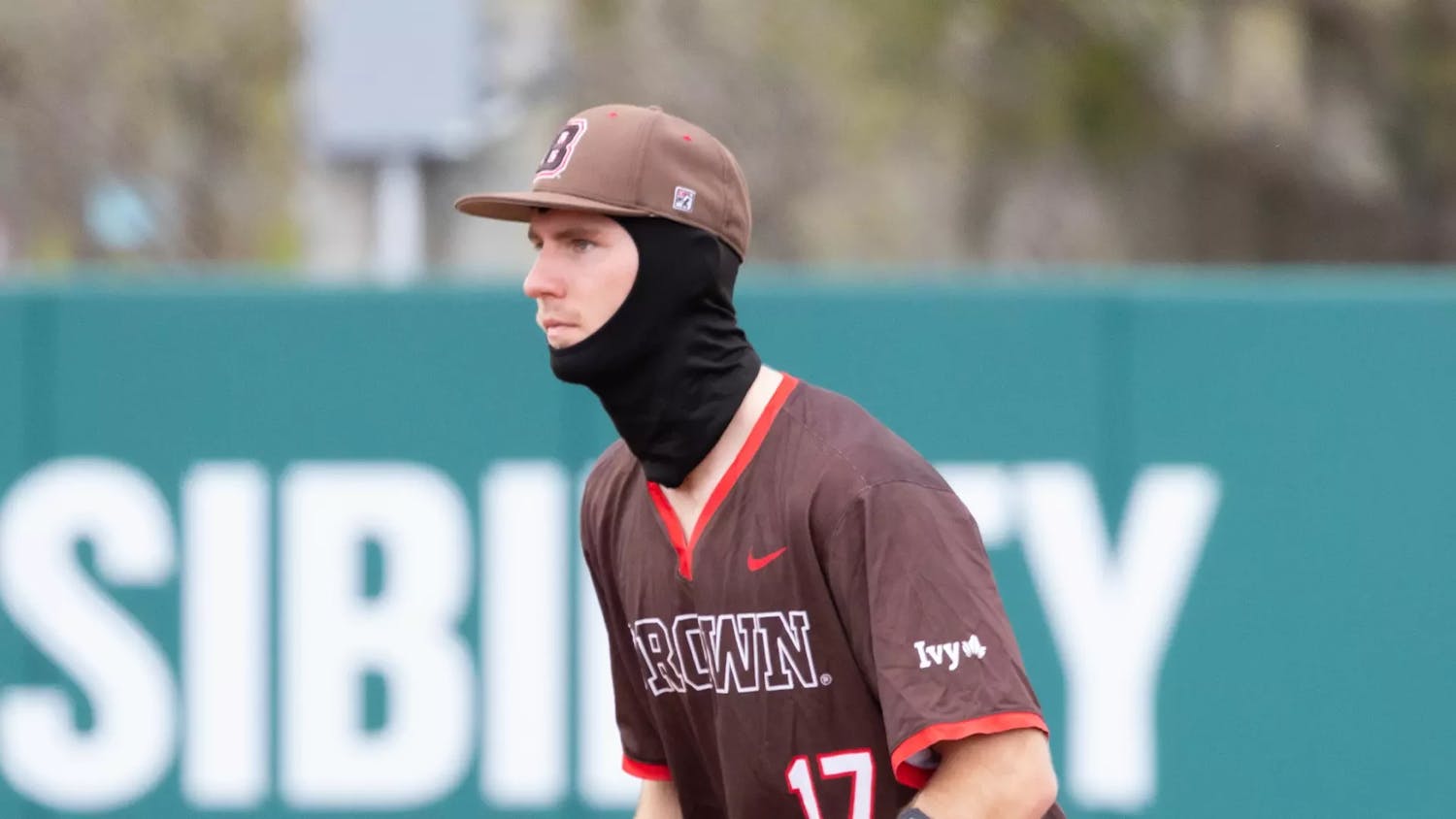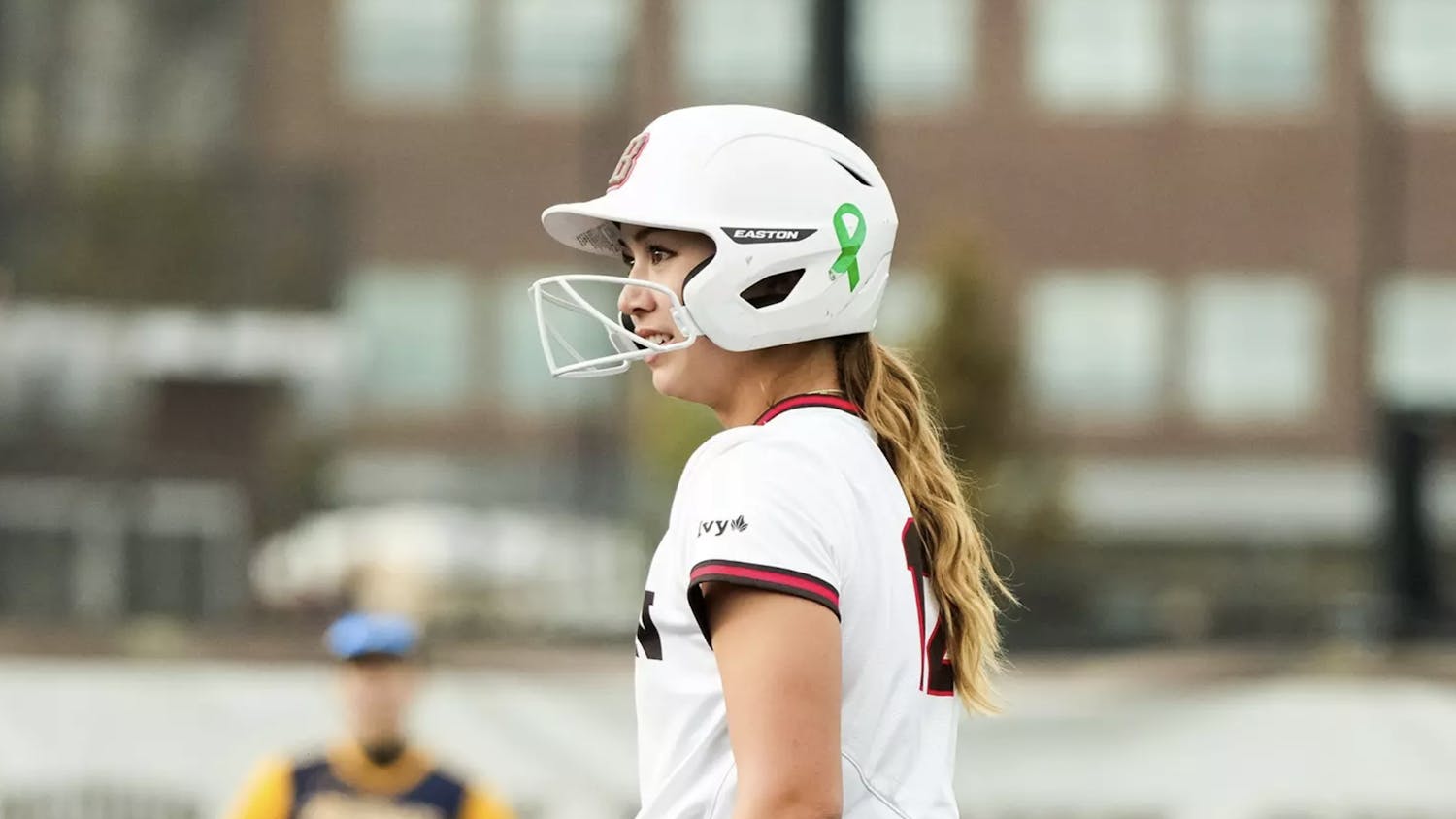The eight Ivy League football coaches unanimously voted last week in support of a rule change that would ban tackling in team practices.
The vote comes during a time of uncertainty for the sport, as mounting concerns about long-term brain trauma have raised questions about how to make the sport safer.
The proposal now rests in the hands of the league’s policy committee and the individual schools’ athletic directors and presidents. If approved, the mandate would go into effect for the 2016 season.
Many programs have moved in the direction of less contact in recent years in response to NCAA rules limiting practices in full pads, as well as heightened awareness about concussions and player safety. Dartmouth implemented no-contact practices in 2010 and has remained an Ivy League powerhouse: The Big Green shared the conference title with Penn and Harvard this past season.
Brown Head Coach Phil Estes emphasized that the measure, if enacted, would not change much for the team, possibly explaining the unanimous support from the coaches.
“It doesn’t change anything that we are not already doing for the safety of our players,” Estes wrote in an e-mail to The Herald.
Players agreed that the movement toward promoting player safety has pushed the team in this direction in the past.
“It wouldn’t be a huge change,” said Kyle Moreno ’17, who appeared in three games last season as a backup quarterback. “During the season at least, we pretty much have no full-contact in terms of bringing guys to the ground.”
The team uses an approach known as “thud” in practice. The players run through repetitions in a regular fashion but hit only lightly and emphasize not bringing players to the ground in an attempt to avoid injuries.
“At this level, everyone knows how to hit and tackle,” said cornerback Jordan Ferguson ’17. “As a defensive player, it’s something we’ve all been used to since we’ve come to Brown.”
Despite widening the gap between practice and game speeds, the goal of eliminating injuries is an effort to which both players and coaches are understandably sympathetic.
“Obviously, in a perfect world, we’d be able to hit without the risk of injury, because it definitely helps us when we get into the game situation,” Moreno said. But “staying healthy is really the name of the game. For the most part, everyone understands the trade-off.”
While the rule would be applied uniformly across the league, many of Brown’s early season games are against non-Ivy teams who would not be bound by any restraint on contact in practices. Outside of these early-season games, Ivy League teams will not be at a significant long-term disadvantage because the conference has a policy of not sending a representative to the NCAA playoffs.
For Brown, many of the games early in the year come against teams with two or three more games under their belts than the Bears. Moreno said the team’s late start along with the potential rule change could be a positive as they enter early games more rested and injury-free. Still, Ferguson said that it could be a disadvantage.
“Getting used to game speed is always difficult because our season starts two weeks after everyone else’s,” he said.
Moreno, who could step into the starting role next season, welcomed the changes coming to the sport to improve player safety. But at the end of the day, football is football.
“It’s still a collision sport,” he said. “Guys are still flying around and hitting each other.”




